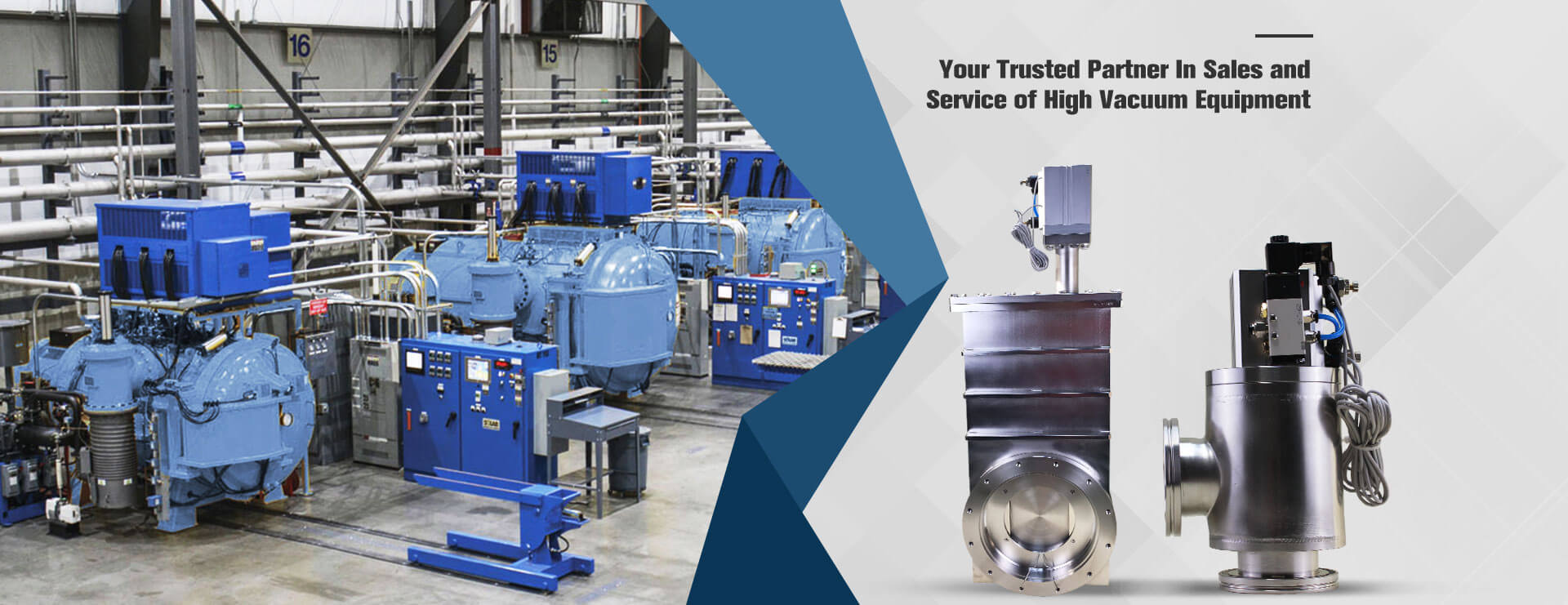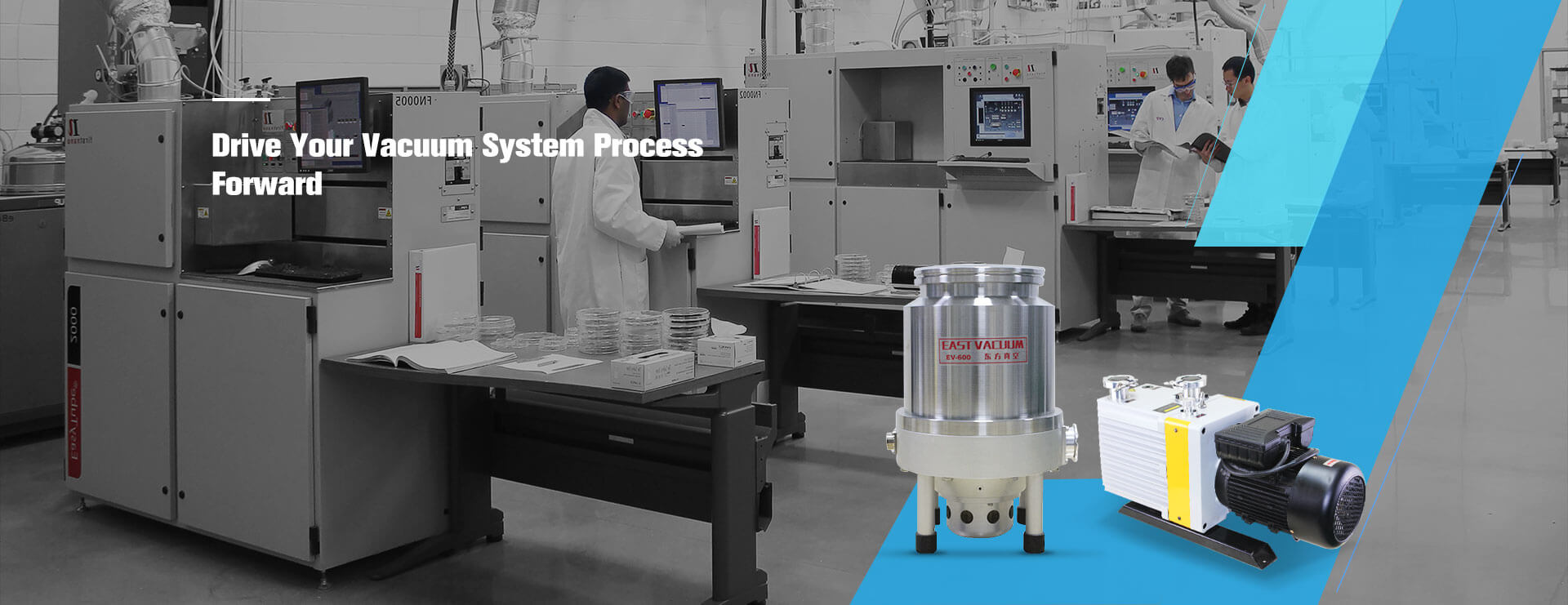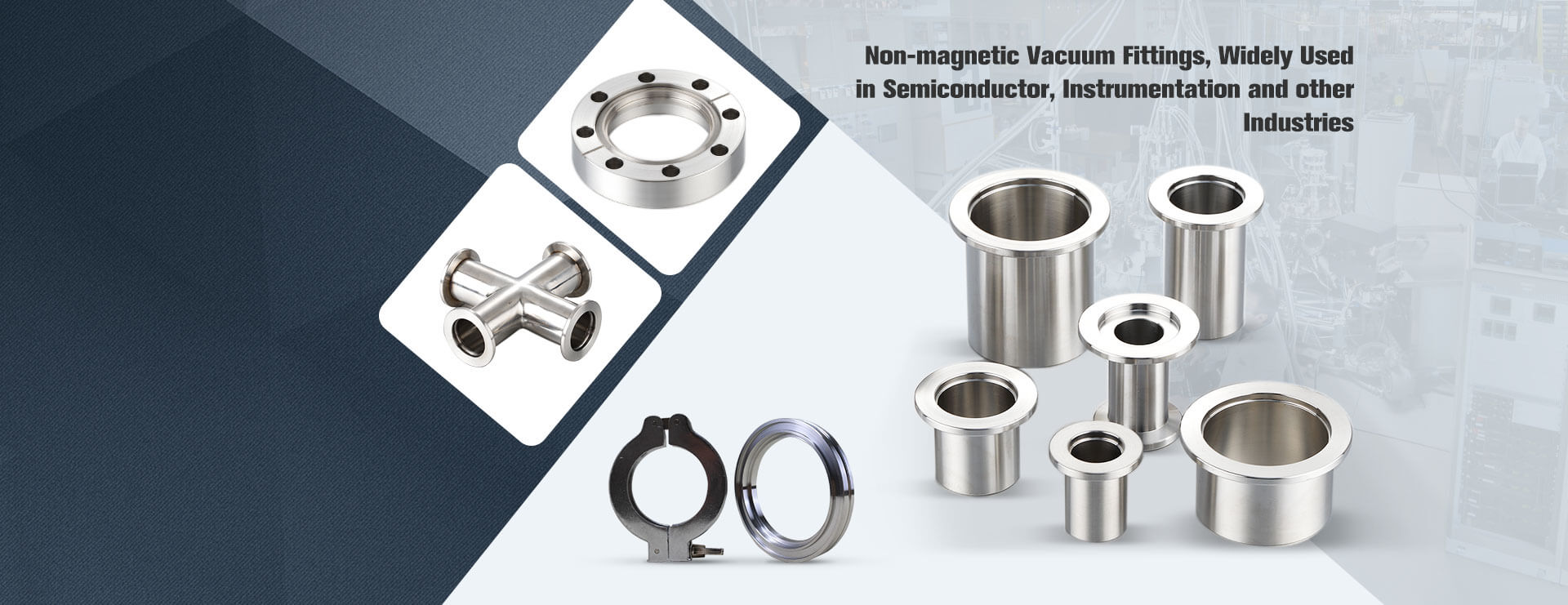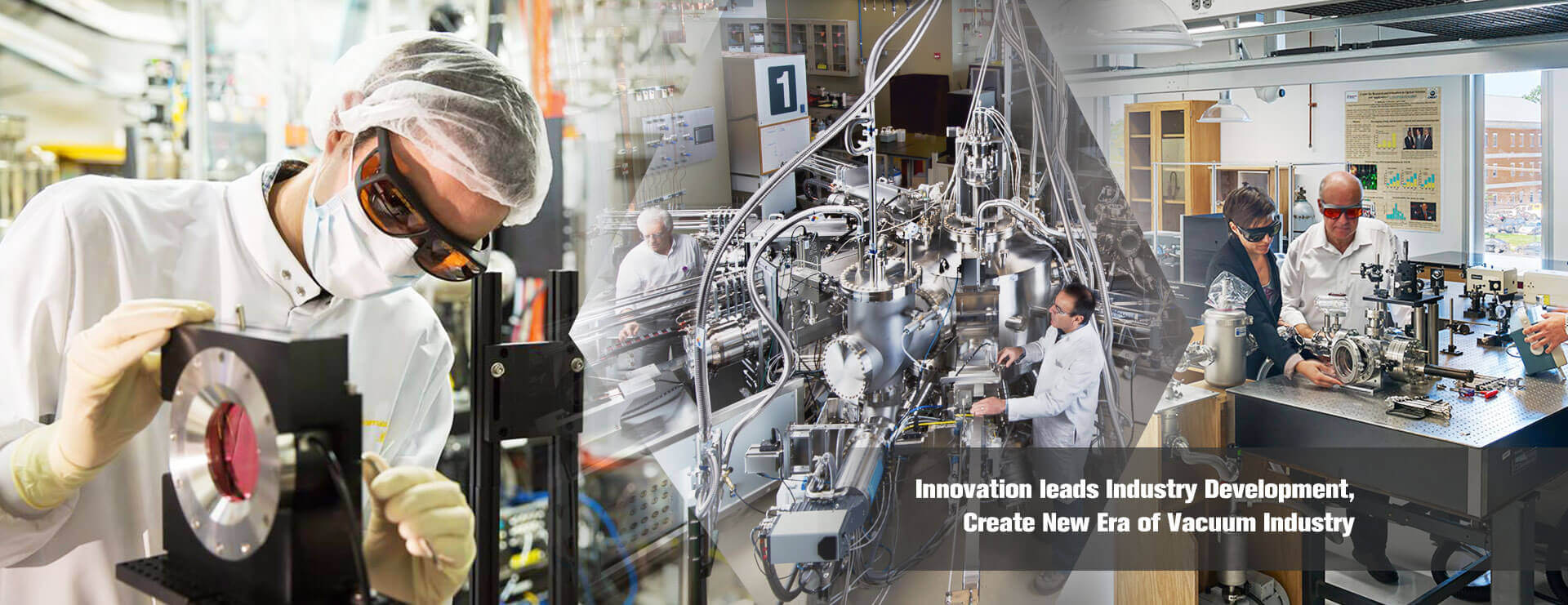When delving deeper into the differences between suction pumps and vacuum pumps, it becomes evident that despite some superficial similarities in their names, these two types of pumps exhibit distinct characteristics, functionalities, working principles, and application scenarios.
Suction Pumps: The Liquid Transporters
When we think of suction pumps, a series of scenarios related to liquid transportation immediately come to mind. In agriculture, suction pumps serve as the heart of irrigation systems, tirelessly drawing water from deep wells or rivers to nourish vast fields. In urban water supply systems, they bridge the gap between water sources and households, ensuring the convenience and adequacy of daily water use. Furthermore, in industrial production, centrifugal pumps, a common form of suction pump, play a pivotal role in cooling circuits, sewage treatment, and other critical processes.
The working principle of centrifugal pumps, in a nutshell, relies on the centrifugal force generated by the rotation of the impeller to draw liquid into the pump’s center and expel it tangentially, creating a continuous flow. This process embodies the exquisite interplay of force and motion in physics and showcases the brilliant application of human ingenuity in engineering technology.
Vacuum Pumps: The Air Hunters
In contrast, vacuum pumps resemble invisible hunters of air, dedicated to creating and maintaining a near-perfect vacuum state. In high-tech fields such as semiconductor manufacturing and vacuum coating, vacuum pumps are indispensable. They employ complex mechanical structures or physical processes to capture and evacuate gas molecules from containers or systems, providing a dust-free, impurity-free environment ideal for precise experiments and production processes.
Vacuum pumps operate based on diverse principles, ranging from variable-volume pumps that achieve gas evacuation by altering the pump chamber’s volume to momentum transfer pumps that utilize high-speed rotating blades or jets to transmit gas momentum. These various principles and types enable vacuum pumps to adapt to a wide range of complex vacuum requirements, from low to high vacuum, and from dry pumps to oil-sealed pumps.
Differences and Complementarity
Despite their notable differences in functionality and principles, suction pumps and vacuum pumps both play irreplaceable roles in their respective domains. Suction pumps, with their robust liquid transportation capabilities, provide solid support for agriculture, industry, and urban water supply. In contrast, vacuum pumps, with their exceptional vacuum creation and maintenance abilities, inject new vitality into the development of high-tech fields.
In practical applications, the selection and combination of these two types of pumps often depend on specific needs and scenarios. For instance, in semiconductor manufacturing, it might be necessary to simultaneously use suction pumps to transport coolant and vacuum pumps to maintain the vacuum level in the production environment. In sewage treatment systems, suction pumps are responsible for transferring wastewater from collection tanks to treatment units, while vacuum pumps may assist in certain specialized treatment processes.
In summary, suction pumps and vacuum pumps, as two branches of pump equipment, each possess unique charms and extensive application values. They fulfill different roles in various fields and scenarios, collectively constituting an indispensable liquid and gas handling system in modern industry and life.
Post time: Aug-15-2024




